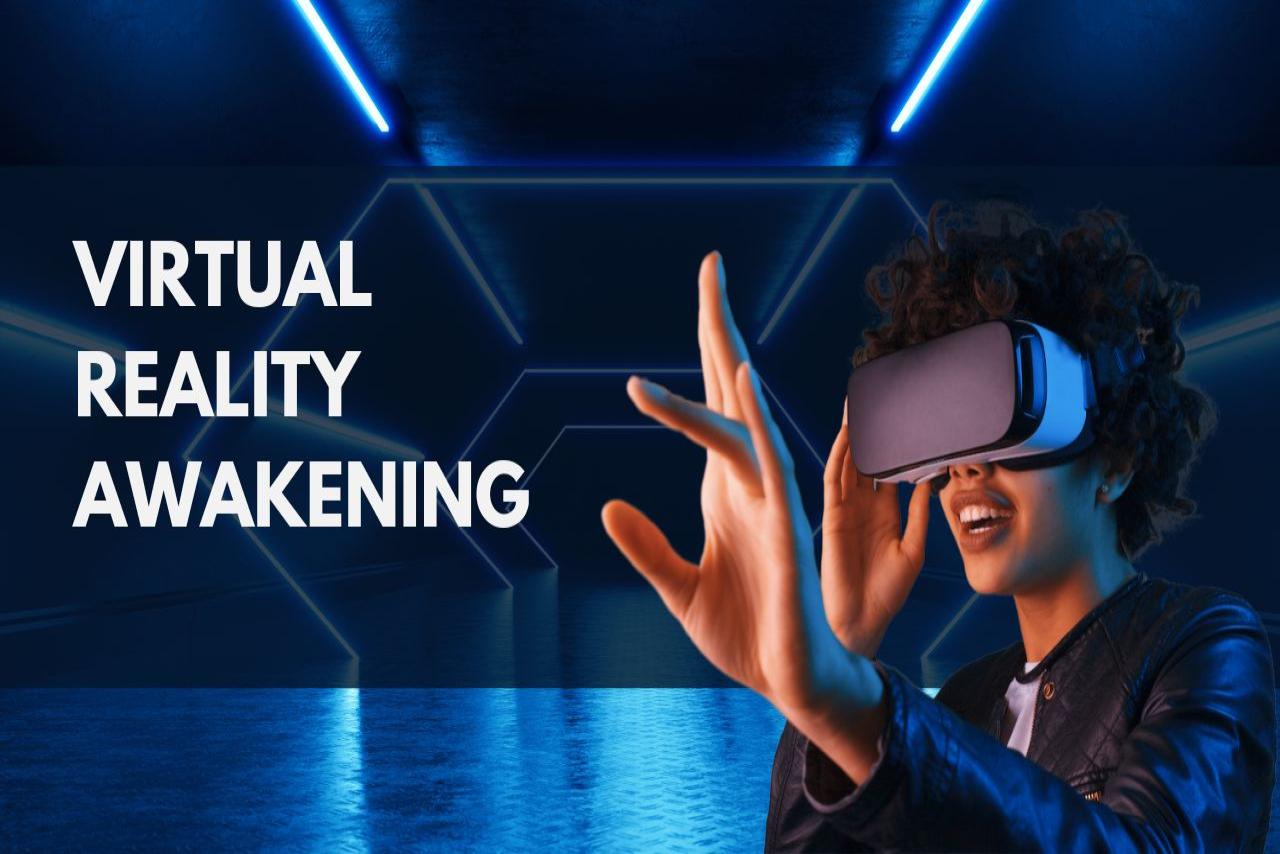Virtual reality (VR) is a revolutionary technology that has taken the world by storm, allowing individuals to immerse themselves in a virtual world and experience things beyond their wildest imagination. From gaming and entertainment to education and healthcare, VR has opened up a whole new dimension of possibilities.
1. Introduction to virtual reality (VR)
At its core, virtual reality refers to the use of computer technology to create a simulated environment that can be explored and interacted with by an individual. This simulated environment can be a realistic replication of the physical world or a completely fictional one. With the help of a VR headset or goggles, users can visually and audibly immerse themselves in this virtual realm, blurring the boundaries between reality and the digital world.
2. Historical background of virtual reality
The concept of virtual reality dates back to the early 1960s when the first interactive flight simulator was developed. However, it wasn't until the late 1980s and early 1990s that VR became more accessible and commercially available. Since then, advancements in technology have made VR more affordable and realistic, revolutionizing the way we experience digital content.
3. The impact of VR on various industries
One of the significant impacts of virtual reality has been in the entertainment and gaming industry. VR gaming provides a whole new level of immersion and realism, transporting players into the virtual world like never before. Additionally, VR has found applications in education and training, allowing students and professionals to learn through realistic simulations and virtual environments. In the healthcare industry, VR is being used for medical training, therapy, and even pain management.
4. How virtual reality works
Virtual reality relies on a combination of hardware components and software algorithms to create immersive experiences. A VR headset, such as the Oculus Rift or HTC Vive, is worn by the user and provides a display for the virtual world. Tracking sensors and motion controllers enable users to interact with objects and navigate within the virtual environment. These components work together to create a seamless and immersive experience for the user.
5. Expanding virtual reality beyond gaming
While virtual reality initially gained popularity in the gaming industry, its potential extends far beyond that. Virtual travel and exploration allow individuals to visit iconic landmarks and experience different cultures from the comfort of their own homes. Virtual social interactions enable people to connect with others from around the world, attending virtual conferences and events. Virtual reality is also a powerful tool for artists and designers to create immersive and interactive experiences that push the boundaries of traditional art forms.
6. The challenges and limitations of virtual reality
Despite its numerous benefits, virtual reality still faces several challenges and limitations. Health concerns, such as motion sickness and eye strain, can occur during prolonged use of VR headsets. Additionally, the cost of VR equipment can be a barrier for many individuals, limiting its accessibility. There are also challenges in creating inclusive experiences for users with disabilities and addressing concerns related to privacy and data security.
7. Virtual reality and the future
As technology continues to advance at a rapid pace, virtual reality holds immense potential for the future. Companies are continually developing more sophisticated VR headsets with improved visuals and reduced motion sickness. The applications of VR in fields like architecture, engineering, and space exploration are just beginning to be explored. With ongoing research and innovation, the virtual reality landscape is expected to expand even further, offering exciting and transformative experiences.
8. Conclusion
Virtual reality has emerged as a groundbreaking technology that allows individuals to transcend the physical boundaries of the real world and immerse themselves in virtual realms. The impact of VR reaches beyond gaming, with applications in education, healthcare, and various other industries. While challenges exist, the potential for virtual reality to reshape our lives and offer unparalleled experiences is undeniable.
FAQs
1. Can virtual reality be harmful to our health?
Virtual reality, like any technology, should be used in moderation to avoid potential health issues such as motion sickness and eye strain. Taking breaks and using VR in a well-lit environment can help minimize these effects.
2. Is virtual reality expensive?
The cost of virtual reality equipment can vary depending on the brand and specifications. However, with advancements in technology, VR headsets have become more affordable and accessible to a wider audience.
3. Are there any limitations to virtual reality?
Virtual reality still faces challenges in terms of inclusivity for users with disabilities, as well as concerns related to privacy and data security. Improvements in these areas are essential for a more widely adopted and inclusive VR experience.
4. How is virtual reality expanding beyond gaming?
Virtual reality is being used for virtual travel, social interaction, and creative expression. It allows individuals to experience and explore new environments, connect with others, and unleash their creative potential.




